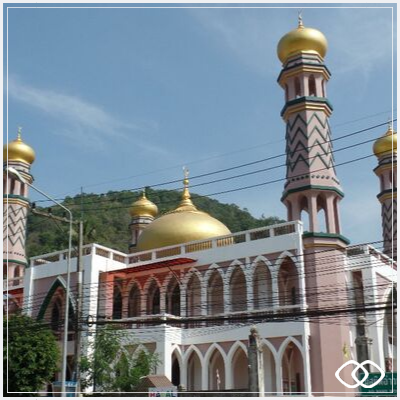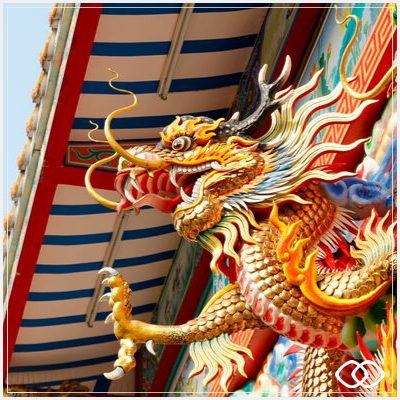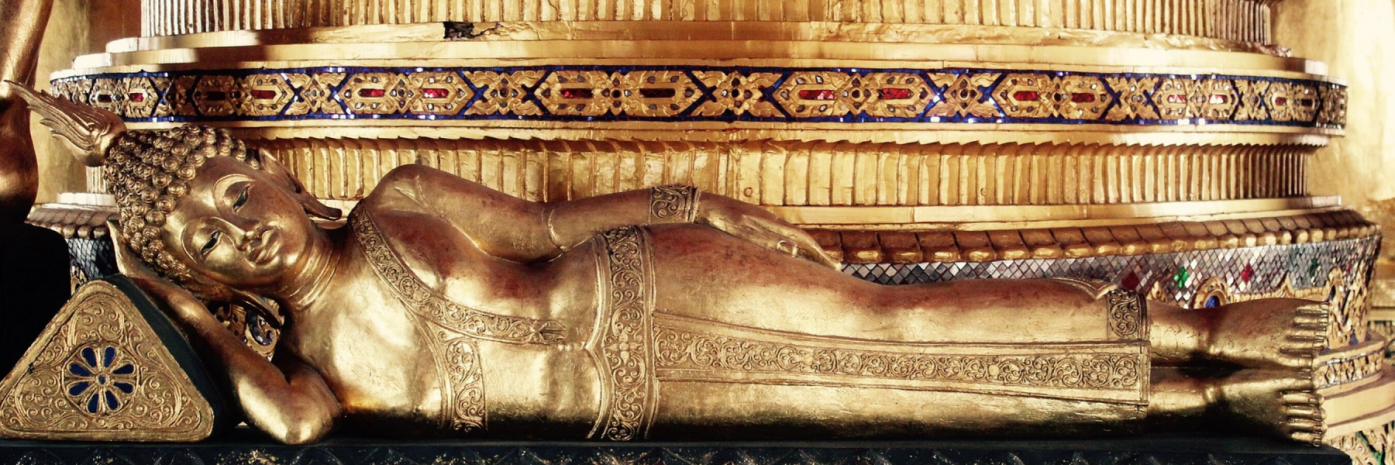Krabi communities
Krabi attractions are diverse, ranging from forest trails with their shy wildlife to the rugged coastline with its hidden beaches, deserted islands out in the bay, and the fantastical limestone rock formations that are increasingly attracting climbers.
Alongside the natural world, however, other Krabi attractions include the small communities of people who have lived here for centuries and the places of worship they have built.
Krabi’s indigenous population is split roughly 60:40 into Buddhists and Muslims, who live peacefully together in a model of religious tolerance.
Across the country, Buddhists are of course a huge majority, but throughout the south, there are a substantial number of Muslim communities, the earliest settlers thought to have been the arrival of sea gypsies from Malaysia around 500 years ago.
   |
|---|
In Krabi, the Muslim communities are concentrated mainly around the coastal areas such as Ao Nang and Ao Nam Mao. Temples built by the Buddhists, known in Thai as “wat”, and mosques built by the Muslims, known as “masjid”, are among the Krabi attractions.
Temples and mosques alike are more than places of worship, they are at the very heart of the community they represent, providing guidance and education as well as acting as a social center for festivals, ceremonies, and charitable events.
These are very special Krabi attractions, for many of them date far back into history, to the point where not even the local community may know when its temple or mosque was originally built. Sofitel Krabi Phokeethra makes an excellent base for exploring these Krabi attractions, being both on the coast and close to Ao Nang, and of course, tours can be arranged.


